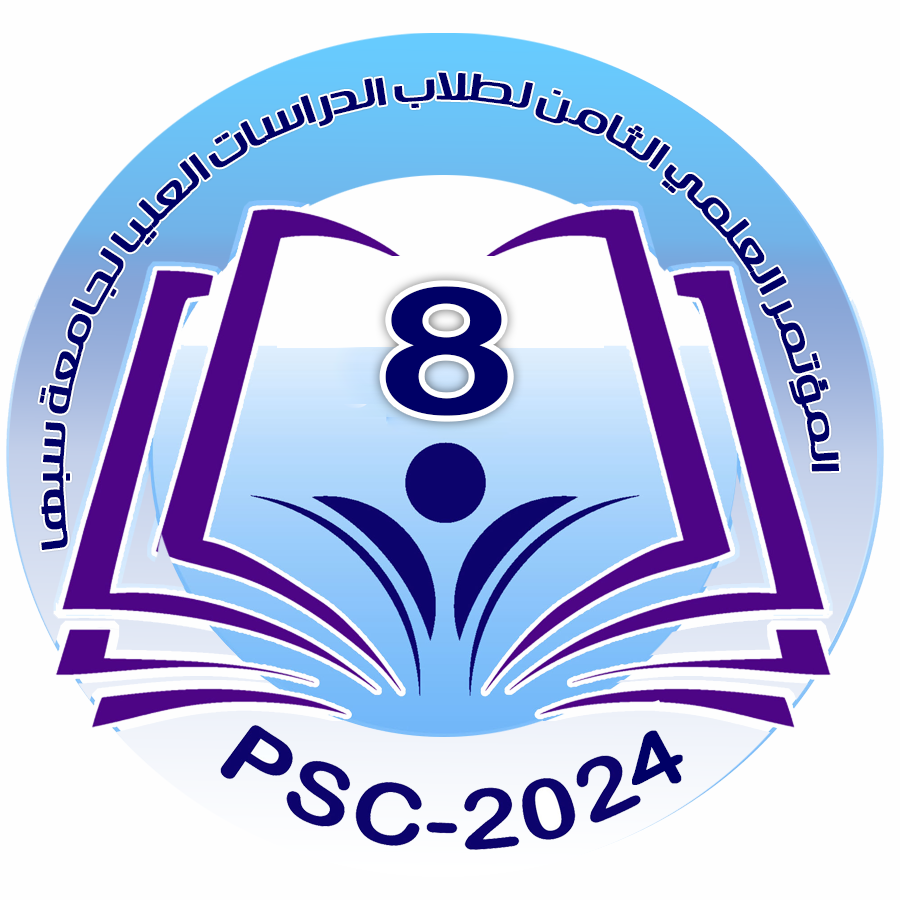A qualitative study of agricultural wet soil mosses in some areas of the city of Ubari (southern Libya).
Main Article Content
Abstract
This study was conducted to identify and determine what types of algae may be found in the wet soil in the agricultural fields of some areas of Ubari, and to know the role of algae in soil fertility, this study aimed to identify and determine to measure some of the physical and chemical factors of the soil, diagnose the algae present in it, and determine the relationship between them statistically. At three locations in the Ubari regions, represented by (Al-Ghuraifeh - Ibrik - Qaraqra), with two farms in each region, the samples were collected during the fall semester of 2022. As for the chemical factors, the value of nitrate ranged (8.51-31.30 mg/L), the value of calcium ranged between (3.50-10) mg/L, magnesium (0.30-8.90) mg/L, and the values of both sodium and potassium ranged between (32.80-205.30) mg/L (0.30 – 28.30) mg/L respectively. The number of algae species identified in the current study reached 37 species, with Cyanophyta predominant at 43.2%, followed by Chlorophyta at 32.43%, then Bacillariophyta at 10.8%, Xanthophyta at 5.4%, and Euglenophyta, Dinophyta, and Phaeophyta at 2.7%. Nitella aemula A is considered to be strong among genera throughout regions. Braun was the stronger species in Chlorophyta and was present in both the second site's first field (M.B.H.1) and the third site's second field (M.C.H.2). In relation to Cyanophyta, Microcystis stagnalis was the most common species and was present in all study sites.
Article Details

This work is licensed under a Creative Commons Attribution-NonCommercial-ShareAlike 4.0 International License.
